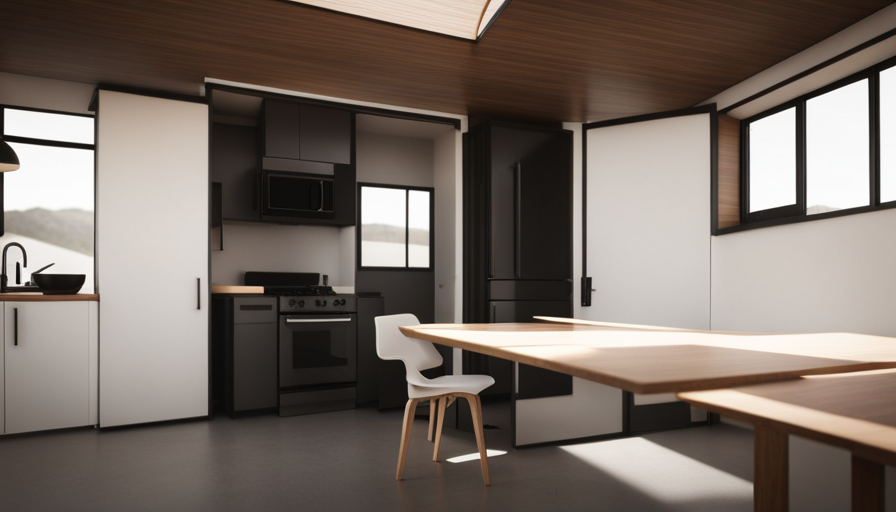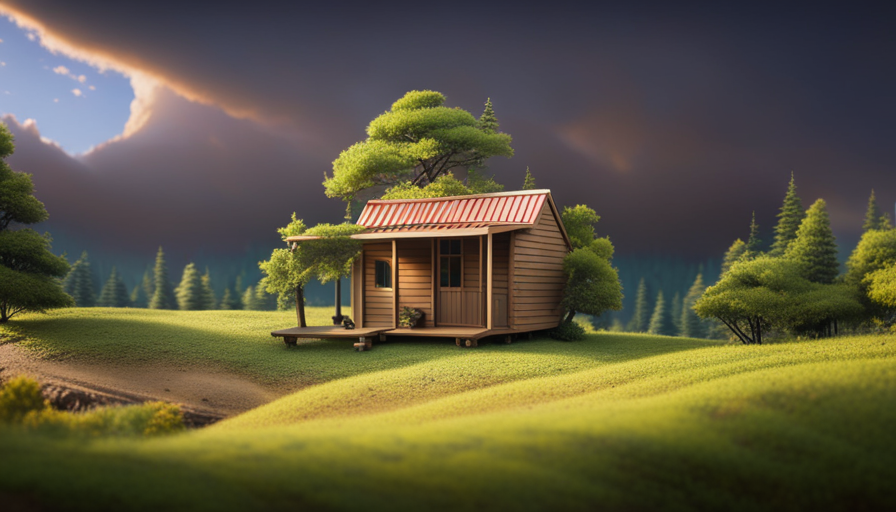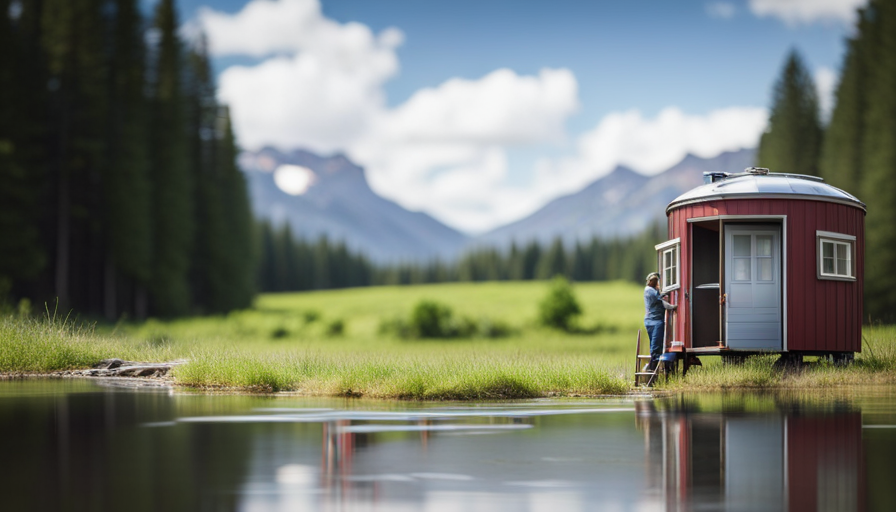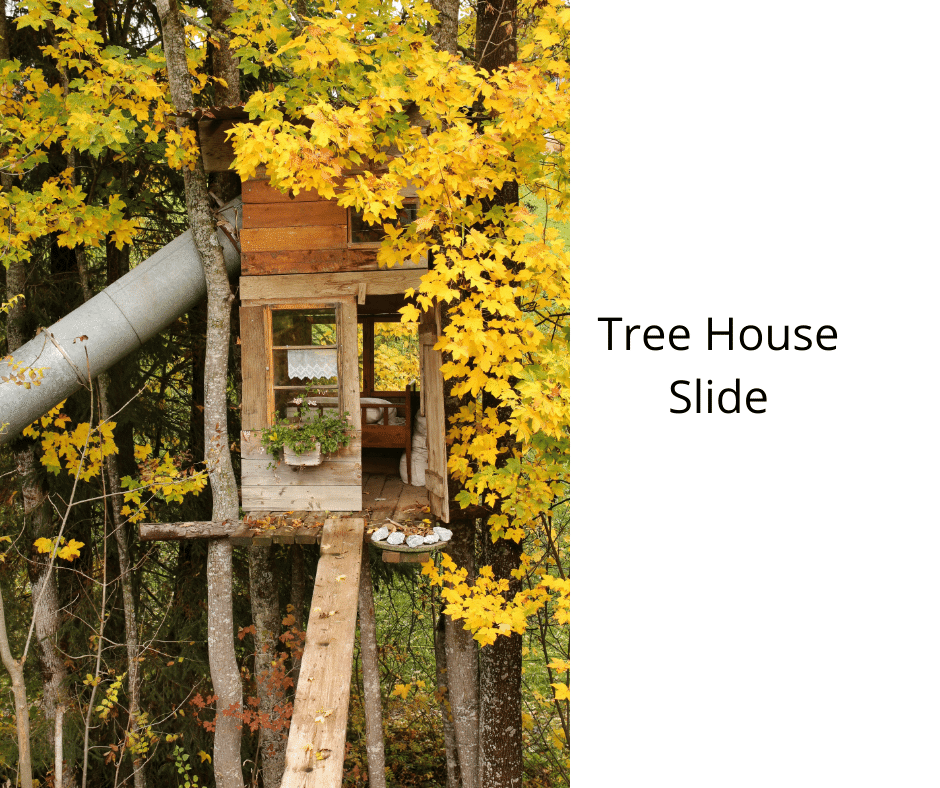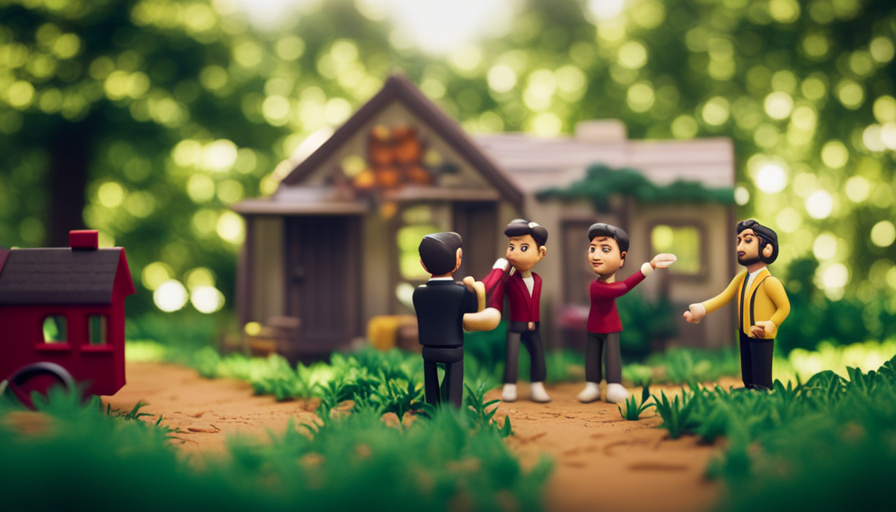You may be thinking, “Another game with a military theme, really?” But let me assure you, this game is different from the others.
Picture this: you’re inside a house, but not just any house, a tiny one. Sounds strange, right? Well, let me assure you, it’s a gaming experience like no other.
This army game takes immersion to a whole new level. With the help of virtual reality technology, you’ll feel like you’re right there in the action, navigating through a realistic house environment. And let me tell you, the adrenaline-pumping action is intense.
But it’s not all about mindless shooting and explosions. This game also requires tactical decision-making. You’ll have to strategize and plan your moves carefully to outsmart your opponents. And speaking of opponents, you can even play with your friends in multiplayer mode, adding a whole new level of excitement.
But what really sets this game apart is its customizable weapons and gear. You can personalize your loadout to fit your playstyle, giving you a unique advantage on the battlefield. And let’s not forget about the high-quality graphics and sound effects that truly bring this gaming adventure to life.
So, if you’re ready for an unforgettable gaming experience, get ready to step inside that tiny house and show them what you’re made of.
Key Takeaways
- Virtual reality technology enhances the realism and immersion of the army game experience, allowing players to feel like they are actually inside a house and experiencing intense combat scenarios.
- The high-quality graphics, sound effects, and 3D modeling used in the game create a realistic and detailed environment, further enhancing the immersive experience.
- Tactical decision-making skills, strategic planning, and teamwork are crucial for survival and achieving victory in the game, emphasizing the importance of critical thinking and effective communication techniques.
- The multiplayer mode allows players to play with friends, adding to the sense of exhilaration and unity among players, while customizable weapons and gear personalize the gameplay experience.
Immersive Gameplay Experience
Get ready for an immersive gaming experience like never before as you step into a tiny house and become a part of the intense army game. This game takes sensory stimulation to a whole new level, engaging all your senses and making you feel like you’re right in the middle of the action.
As you navigate through the house, you’ll feel the floor beneath your feet, hear the creaking of the wooden floorboards, and even smell the musty scent of an old house. The game developers have worked tirelessly to create a realistic environment that will transport you into the game world.
The psychological impact of this immersive gameplay cannot be understated. As you make your way through the house, you’ll feel a sense of urgency and adrenaline, as if your life depends on it. Your heart will race, your palms will sweat, and your mind will be fully engaged in the mission at hand. This level of immersion allows players to truly experience the intensity of being in a real-life combat situation.
With the sensory stimulation and psychological impact of this game, you’ll find yourself fully immersed in the virtual world. As you continue your mission through the realistic house environment, you’ll encounter even more challenges and excitement.
Realistic House Environment
Explore the intricate details of a home, immersing yourself in a world that transports you to a realistic and captivating environment. The army game I’m playing takes place inside a house, and the developers have gone to great lengths to create a realistic house environment.
From the moment I step inside, I’m surrounded by meticulously crafted interior design elements that bring the house to life. The attention to detail is astounding, from the texture of the walls to the placement of furniture and decor. It truly feels like I’m walking through a real home.
One of the key elements that make the house environment so realistic is the use of 3D modeling. The developers have utilized advanced technology to create lifelike representations of every object in the house. The furniture, appliances, and even the smallest decorative items are all meticulously modeled in 3D to ensure a high level of realism. This attention to detail adds to the overall immersive experience and makes me feel like I’m actually inside the house.
As I explore the house, I can’t help but be amazed by the level of realism and attention to detail that’s been put into creating this environment. The interior design and 3D modeling work together seamlessly to create a captivating experience. It’s truly a testament to the advancements in virtual reality technology.
Virtual Reality Technology
The developers have utilized advanced technology in virtual reality to create a realistic and immersive house environment. Virtual reality technology has found applications in various industries, including gaming, education, healthcare, and architecture.
In the gaming industry, virtual reality has revolutionized the way players interact with virtual worlds, allowing for a more immersive and realistic experience. The realistic house environment in this army game is a testament to the capabilities of virtual reality technology.
However, virtual reality technology also comes with its challenges and limitations. One of the challenges is the high cost of equipment and software development. Virtual reality headsets and other peripherals can be expensive, making it inaccessible to some consumers. Additionally, the technology still faces limitations when it comes to creating truly realistic graphics and sensory feedback.
In the subsequent section, the adrenaline-pumping action takes center stage as players navigate through the house, engaging in intense combat scenarios.
Adrenaline-Pumping Action
As players navigate through the house, they are thrust into intense combat scenarios that are sure to get their adrenaline pumping. The high octane excitement of the game keeps players on the edge of their seats, providing heart-pounding thrills at every turn.
From the moment the game begins, the action is non-stop, with enemies appearing from unexpected places and engaging in intense firefights. The virtual reality technology used in this game enhances the immersive experience, making it feel as if you’re truly inside the house, fighting for your survival.
The adrenaline rush that comes from the fast-paced action is unmatched. Every decision you make could mean the difference between life and death. As you move through the house, you must think quickly and react even faster. The game tests your reflexes and pushes you to your limits, ensuring that you’re always on your toes.
With each passing moment, the intensity builds, and the pressure to succeed becomes greater. The satisfaction of overcoming difficult challenges and emerging victorious is incredibly rewarding. As players navigate through the heart-pounding thrills of the game, they must also consider their tactical decision-making skills.
In the next section, we’ll explore how these skills play a crucial role in surviving the intense combat scenarios.
Tactical Decision-Making
Nimbly maneuvering through the intense combat scenarios, my tactical decision-making skills are put to the ultimate test in order to survive. In this adrenaline-pumping army game where I find myself inside a house, every move I make must be strategic and every decision must be carefully thought out. Strategic planning and critical thinking are crucial elements that determine my success in this virtual battlefield.
To excel in this game, I must analyze the situation at hand and devise a plan of action. Should I take cover behind the furniture, or should I rush towards the enemy? Each choice has its own risks and rewards, and it is my responsibility to weigh them carefully. The game presents me with various obstacles and challenges, forcing me to adapt and strategize on the fly.
To engage the audience and provide them with a visual representation of the decision-making process, let’s consider a 3×3 table that showcases different scenarios and the corresponding strategic approaches. This table will serve as a guide for players to understand the importance of strategic planning and critical thinking in the game.
As the game progresses, I learn the value of teamwork and collaboration. Transitioning seamlessly into the next section, I realize that effective communication and coordination with my teammates are essential for achieving victory.
Teamwork and Collaboration
Thriving in this intense combat scenario requires the seamless collaboration and teamwork of every player, evoking a sense of exhilaration and unity among us. To effectively navigate this challenging environment, effective communication techniques play a crucial role. Clear and concise communication ensures that every team member is aware of the overall objective and can make informed decisions in real-time.
We use voice chat to relay important information, such as enemy locations or potential threats, enabling us to react swiftly and strategically.
Conflict resolution strategies are equally important in maintaining a cohesive team dynamic. In the heat of battle, tensions can rise, and disagreements may occur. However, we’ve learned to address conflicts constructively, resolving them through open dialogue and compromise. By remaining calm and respectful, we can quickly overcome any differences and refocus our efforts on achieving our shared goal.
In addition to effective communication and conflict resolution, the success of our teamwork also relies on the diversity of skills and abilities within our team. Each player brings a unique set of strengths, and we leverage these to our advantage. We assign specific roles based on individual expertise, ensuring that everyone contributes in a meaningful way.
As we move on to the next section about customizable weapons and gear, we understand that our seamless collaboration and teamwork will continue to be the foundation of our success in this game.
Customizable Weapons and Gear
Our ability to dominate the combat scenario hinges on the customization options available for our weapons and gear. Weapon modifications and character customization allow us to tailor our loadouts to fit our individual playstyles and give us a competitive edge on the battlefield. By fine-tuning our weapons, we can enhance their accuracy, range, and overall performance. Whether it’s attaching a silencer for stealth missions or adding a scope for long-range engagements, the possibilities are endless. Additionally, we can personalize our gear to improve our survivability and effectiveness. From choosing different types of armor to selecting specialized equipment like grenades or medkits, we can create a loadout that suits our specific needs and preferences.
To illustrate the variety of customization options available, here is a table showcasing some of the modifications and gear choices:
| Weapon Modifications | Gear Customization |
|---|---|
| Extended magazine | Bulletproof vest |
| Foregrip | Tactical helmet |
| Suppressor | Backpack |
| Red dot sight | Knee pads |
With these options at our disposal, we can create a personalized arsenal that maximizes our combat effectiveness. In the next section, we will explore how multiplayer mode amplifies the excitement and challenges of the game, pushing our teamwork and collaboration skills to new heights.
Multiplayer Mode
Get ready to team up with your friends and jump into the exciting world of multiplayer mode, where you can experience intense battles and test your skills against players from around the world. In this mode, immersive communication and strategic planning are key to achieving victory. Here are four reasons why multiplayer mode will keep you hooked:
-
Teamwork: Coordinate with your teammates to create effective strategies and execute them flawlessly. Communication is crucial as you navigate through the house, ensuring that everyone is on the same page and working together towards a common goal.
-
Competitive Gameplay: Engage in thrilling battles against players from different corners of the globe. The multiplayer mode offers a dynamic and challenging environment that pushes you to constantly improve your skills and adapt to different playstyles.
-
Variety of Modes: Choose from a range of game modes that cater to different play preferences. Whether you prefer fast-paced action or tactical gameplay, there’s a mode that suits your style and keeps the experience fresh and exciting.
-
Global Community: Join a vibrant community of players who share your passion for the game. Interact, compete, and forge new friendships with like-minded individuals from around the world.
As you immerse yourself in the thrilling multiplayer mode, prepare to be captivated not only by the intense battles but also by the high-quality graphics and sound effects that bring the game to life.
High-Quality Graphics and Sound Effects
Immerse yourself in the captivating world of multiplayer mode and experience the stunning graphics and immersive sound effects that transport you to a realistic virtual battlefield.
Virtual reality immersion takes gaming to a whole new level, allowing you to step into the shoes of a soldier and engage in intense combat scenarios. The high-quality graphics bring every detail to life, from the intricate textures on the walls to the realistic lighting effects that create a truly immersive environment. As you navigate through the house, you’ll be awestruck by the attention to detail, making it feel like you’re actually inside the game.
But it’s not just the visuals that make this game stand out. The cinematic audio experience adds another layer of realism to the gameplay. The sound of gunfire echoes through your headphones, making you feel like you’re right in the middle of a heated battle. Each explosion is accompanied by booming sound effects that reverberate through your ears, further enhancing the intensity of the experience.
The combination of high-quality graphics and immersive sound effects creates an unforgettable gaming adventure.
Prepare yourself for an unforgettable gaming adventure, where every corner of the house holds the potential for danger.
Unforgettable Gaming Adventure
Step into a world of thrilling challenges and unexpected twists that will keep you on the edge of your seat in this unforgettable gaming adventure. This army game takes you inside a house where you are transformed into a tiny soldier, facing unpredictable challenges and intense suspense at every turn. As you navigate through the rooms, you will encounter enemies lurking in the shadows, ready to strike at any moment. The high-quality graphics and sound effects enhance the immersive experience, making it feel like you are truly in the midst of a life-or-death battle.
To give you a preview of the excitement that awaits, here is a table showcasing some of the challenging missions you will encounter:
| Mission | Objective | Difficulty |
|---|---|---|
| Infiltration | Retrieve classified documents | Medium |
| Bomb Defusal | Disarm the explosive device | Hard |
| Rescue Mission | Save hostages | Easy |
| Sniper Showdown | Eliminate enemy snipers | Expert |
| Survival | Hold off waves of attackers | Insane |
Each mission is designed to test your skills and strategic thinking. You never know what awaits you around the next corner, adding to the overall suspense of the game. Can you overcome the challenges and emerge victorious? Get ready for an unforgettable gaming adventure that will leave you wanting more.
Frequently Asked Questions
How much does the game cost and where can I purchase it?
The game is available online for purchase. The price varies depending on the platform and edition. To find the best deal, check out reputable gaming websites or digital marketplaces.
Can I play the game on my smartphone or tablet?
Yes, the game is compatible with both iOS and Android devices. The controls and graphics translate well to smaller screens, providing an enjoyable gameplay experience on smartphones and tablets.
What are the system requirements to run the game?
The system requirements for the game include a smartphone or tablet with sufficient processing power and memory. The gameplay mechanics are designed to provide an immersive experience within the confines of a tiny house.
Are there any age restrictions for playing the game?
There are no age restrictions for playing the game. However, it is important to consider safety concerns, especially for younger players. Parents should monitor gameplay and ensure appropriate content for their children.
Does the game offer any tutorials or training sessions for new players?
Yes, the game offers tutorials and training sessions for new players. For example, there is a tutorial level where players can learn the game mechanics, strategies, and tips to improve their skills.
Conclusion
In conclusion, the army game where you’re inside a house and tiny offers an immersive gameplay experience that will leave you on the edge of your seat.
With realistic house environments and the use of virtual reality technology, players are transported into a thrilling and adrenaline-pumping action. The tactical decision-making aspect adds depth to the game, while customizable weapons and gear provide a personalized touch.
The multiplayer mode allows for engaging social interactions, and the high-quality graphics and sound effects create an unforgettable gaming adventure. Playing this game is like embarking on a thrilling rollercoaster ride, keeping you hooked from start to finish.
Hi, I’m Emma. I’m the Editor in Chief of Tiny House 43, a blog all about tiny houses. While tree houses are often associated with childhood, they can be the perfect adult retreat. They offer a cozy space to relax and unwind, surrounded by nature. And since they’re typically built on stilts or raised platforms, they offer stunning views that traditional homes simply can’t match. If you’re looking for a unique and romantic getaway, a tree house tiny house might just be the perfect option.

